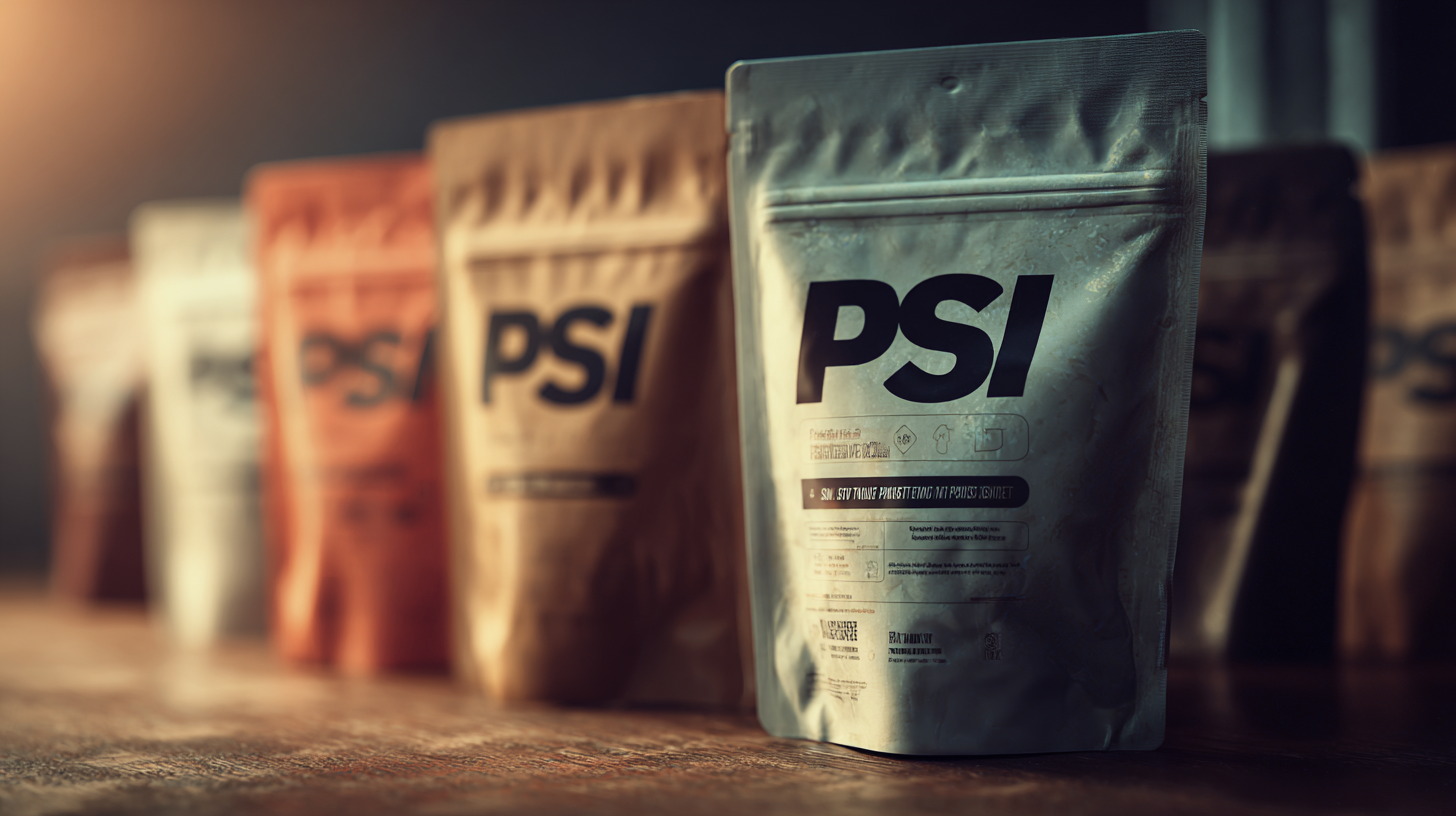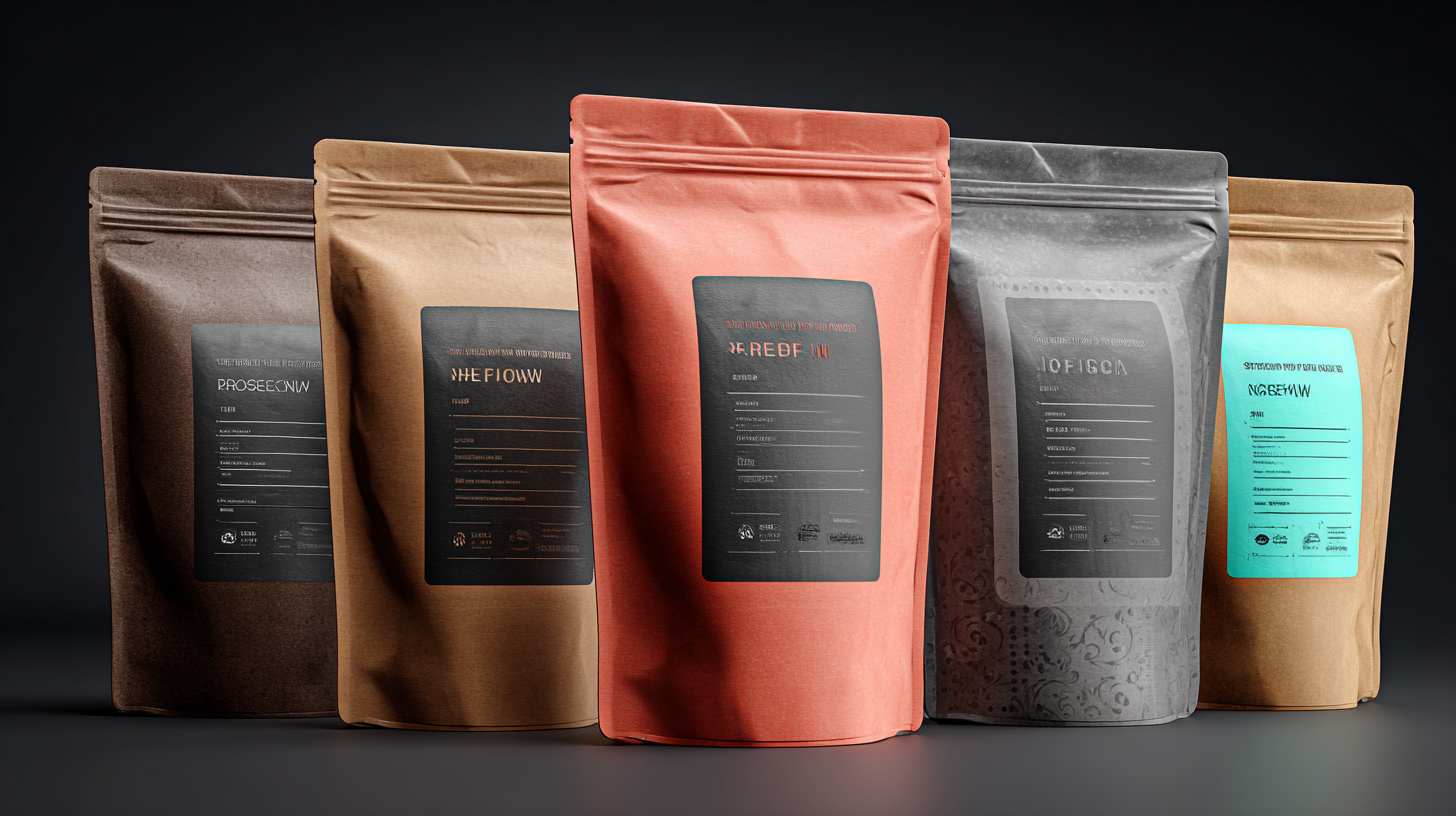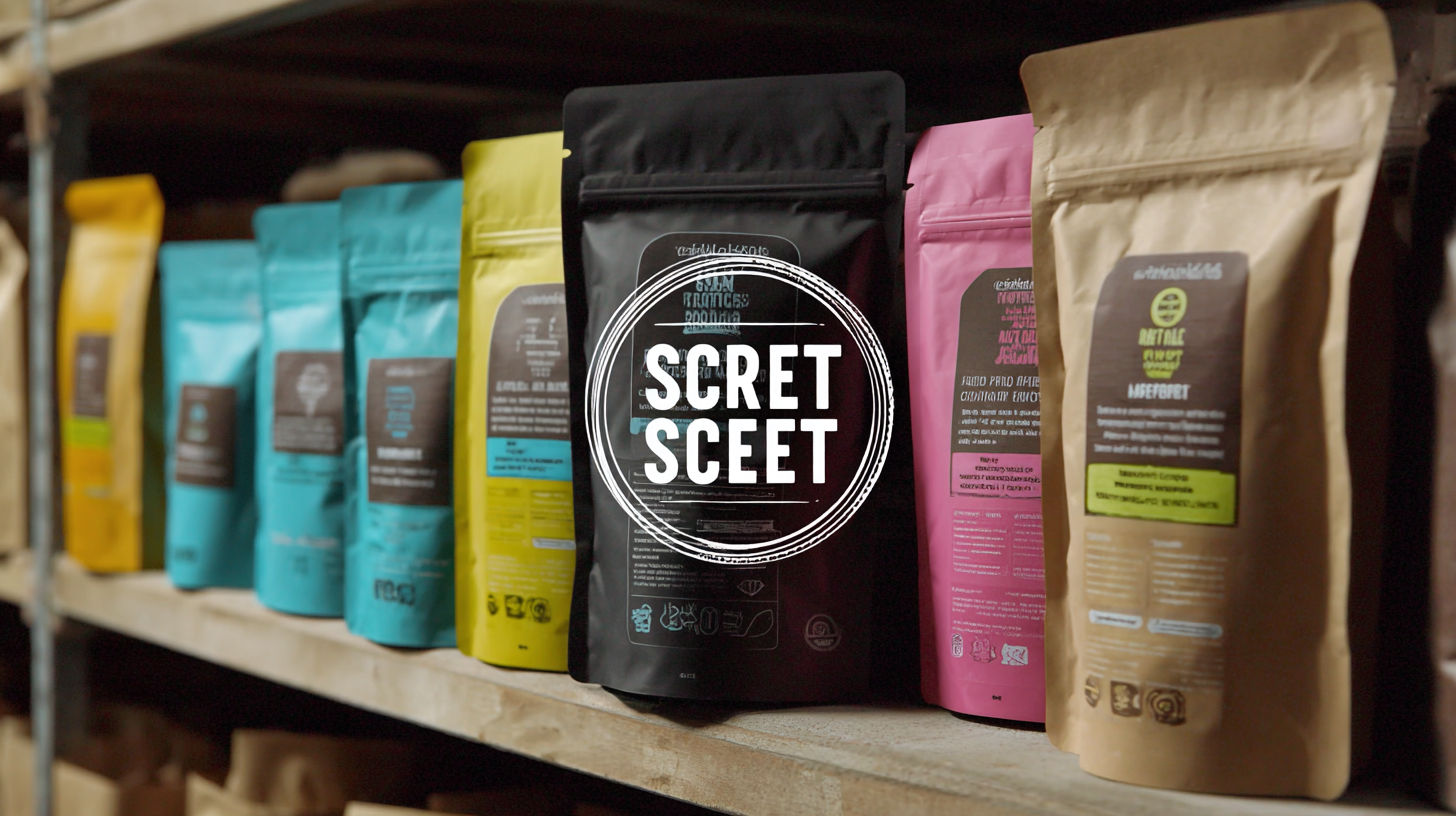- Phone:+86 15218629499
- Phone: +86 15766990063
- E-mail: Yzprinting01@163.com
As the demand for efficient packaging solutions continues to rise, Stand Up Pouches have emerged as a game-changer in the global trade landscape. According to a recent report by MarketsandMarkets, the stand up pouch market is projected to reach $44.3 billion by 2025, reflecting a CAGR of 5.0% from 2020 to 2025. This significant growth is driven by the increasing preference for lightweight, flexible packaging among consumers and manufacturers alike. To fully capitalize on this burgeoning market, understanding the import-export certifications and regulations that govern cross-border trade is crucial. This blog will explore the 2025 technology development trends related to Stand Up Pouches and provide a comprehensive guide for businesses looking to navigate the complexities of global trade in this innovative packaging sector.

Stand up pouches have emerged as a vital component in modern packaging solutions, driven by evolving consumer preferences and an increasing demand for sustainability. With the global market for stand-up pouches projected to expand significantly, reaching an estimated value of $5.59 billion by 2024 and exhibiting a compound annual growth rate (CAGR) of 6.4% until 2034, it's clear that these versatile packaging options are on the rise. As consumers become more environmentally conscious, the use of recyclable materials in packaging is gaining traction, prompting manufacturers to adapt and innovate.

The versatility of stand-up pouches extends beyond mere packaging; they cater to various industries, including food, beverages, and personal care products. These pouches are designed to provide convenience and efficiency while maintaining product integrity. The significant growth projected in the prepared packaging market, anticipated to soar from $910 million in 2022 to $1.46 billion by 2030, underscores the need for effective solutions that align with consumer desires for convenience and eco-friendliness. As various sectors embrace these advancements, the stand-up pouch will play a crucial role in shaping the future of packaging innovation.
In today's globalized market, import-export certifications play a critical role in the trade of packaging materials, particularly for stand-up pouches, which are increasingly favored for their convenience and sustainability. According to a report by Research and Markets, the global stand-up pouch market is projected to reach USD 36.8 billion by 2025, with a compound annual growth rate (CAGR) of 6.9% from 2019. This growth elevates the necessity for certifications that ensure compliance with international standards, safeguarding both product quality and consumer safety.
Import-export certifications help businesses navigate the complexities of global trade by providing assurance that products meet the requisite regulations in various countries. The World Trade Organization (WTO) highlights that adherence to these certifications can increase market access and enhance competitive advantage. Furthermore, data from Statista indicates that, in 2022, around 75% of companies reported a significant increase in revenue when they possessed the necessary certifications for their packaging materials. This demonstrates the importance of investing in proper certification processes to not only comply with legal requirements but also build trust with consumers and partners in the international marketplace.
| Region | Key Packaging Certifications | Significance of Certification | Average Import Duties (%) | Market Growth Rate (%) |
|---|---|---|---|---|
| North America | FDA, ISO 9001 | Ensures safety and compliance | 5% | 4.5% |
| Europe | EU Packaging Directive, CE Mark | Sustainability and consumer protection | 6% | 3.8% |
| Asia | ISO 22000, HACCP | Food safety management | 8% | 5.2% |
| Latin America | ANVISA, ISO 14001 | Environmental management | 7% | 4.0% |
| Africa | SANS, ISO 22716 | Quality control in cosmetics | 10% | 3.5% |
Navigating the complex landscape of importing and exporting stand-up pouches requires a thorough understanding of regulatory requirements that vary by region. As global demand for flexible packaging solutions grows, compliance with international standards becomes paramount. Importers must be aware of certifications such as the FDA regulations in the United States or the European Union’s REACH regulations, which ensure that packaging materials are safe for end-users and the environment. Familiarizing oneself with these rules not only mitigates legal risks but also enhances credibility with partners and consumers.

In addition to safety regulations, businesses must also focus on proper labeling and documentation to facilitate smooth customs clearance. This includes maintaining accurate declarations regarding the materials used in manufacturing stand-up pouches, which can differ based on the intended market. For exporters, understanding the certification processes is crucial, as this can directly impact market entry timelines and costs. By effectively navigating these regulatory requirements, stakeholders can unlock key advantages in the competitive landscape of global trade, ensuring that their products meet both market demands and compliance standards.
When sourcing quality stand up pouches internationally, businesses must focus on a few best practices to ensure they are obtaining the best materials for their packaging needs. Start by identifying reliable suppliers who are well-versed in export certifications and standards. This not only helps to guarantee that the products are compliant with international regulations but also ensures that the quality meets your specifications. Conduct thorough research on potential partners, leveraging trade platforms and industry networks to find reputable manufacturers with good track records.
Additionally, it is critical to establish clear communication channels with your suppliers. Detailed discussions about materials, production processes, and quality control measures will mitigate risks associated with international sourcing. Consider implementing a sample approval process where you assess the pouches for durability, usability, and aesthetic appeal before placing bulk orders. This proactive approach helps to maintain product integrity and build long-term partnerships that are beneficial for both parties.
This chart illustrates the volume of imported and exported stand up pouches across various regions in 2022, highlighting key markets for sourcing quality products internationally.
The global market for stand-up pouches is experiencing significant growth, driven by consumer demand for convenient and sustainable packaging solutions. With a market value projected to rise from USD 24.8 billion in 2022 to USD 36.7 billion by 2027, companies looking to market their stand-up pouches internationally must leverage unique strategies to stand out. Understanding cultural preferences and consumer behaviors across different regions is essential. Tailoring marketing campaigns to highlight the eco-friendliness and functionality of stand-up pouches can resonate well with audiences who prioritize sustainability and innovation.
Additionally, obtaining import-export certifications is crucial for successfully entering global markets. These certifications not only facilitate smoother transactions but also instill confidence in prospective customers regarding product quality and safety. Brands should emphasize their compliance and certifications in marketing materials to enhance credibility. Engaging in online marketing, utilizing social media platforms, and participating in trade shows can further amplify visibility in the competitive landscape of stand-up pouches, attracting a broader customer base and fostering long-term growth.
